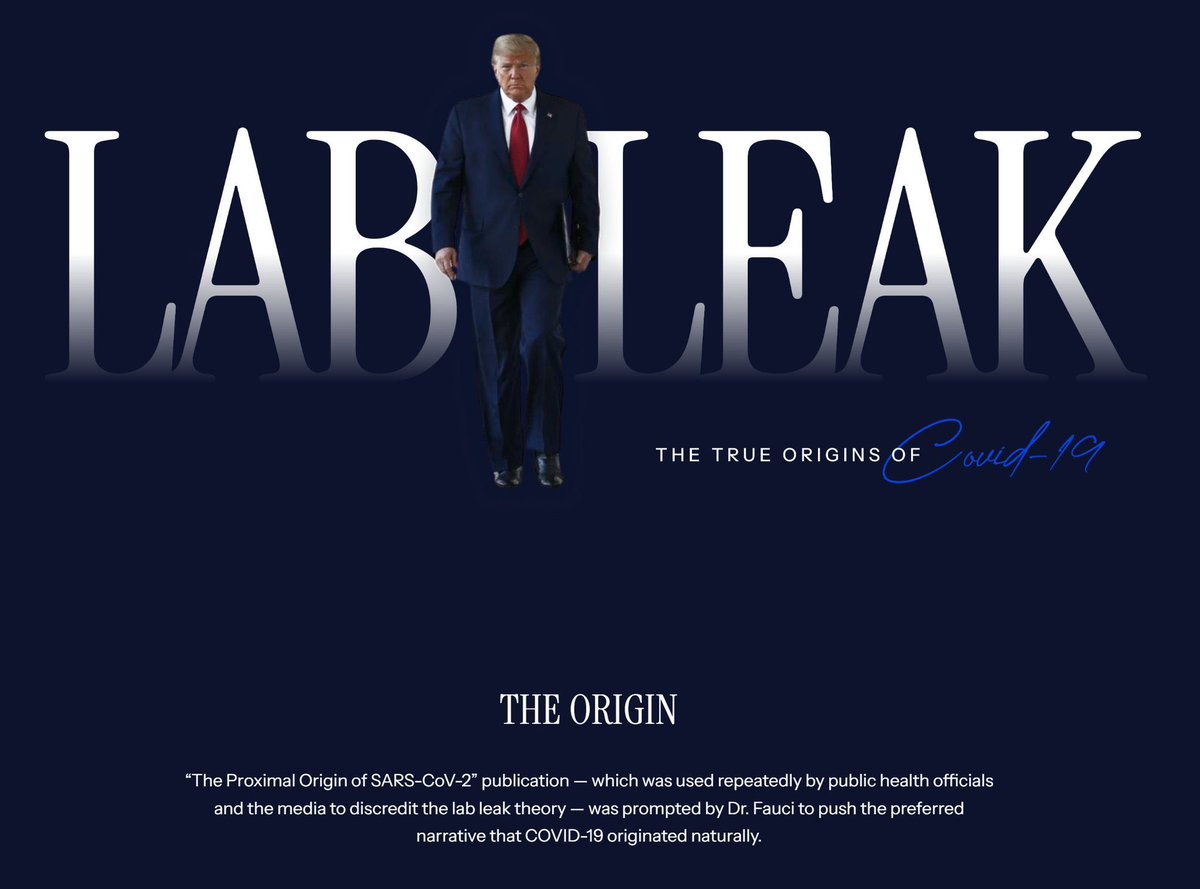United States Generates $21 Billion in Tariff Revenue Since Trump’s Inauguration
Since President Donald Trump's inauguration, the United States has accumulated a staggering $21 billion in tariff revenue. This figure, which highlights the ongoing impact of trade policies initiated by the Trump administration, underscores the administration's shift towards protectionist measures and its focus on generating revenue through tariffs. The tariff revenues have played a significant role in shaping the nation’s economic strategies, especially with regard to trade deficits and the broader economic landscape.
The U.S. has employed tariffs on a range of goods, including steel, aluminum, and consumer electronics, as part of an effort to reduce the trade imbalance with countries like China. These tariffs, introduced as part of broader trade negotiations, have sparked debates about their long-term effects on the economy. While some argue that tariffs are crucial for bolstering domestic industries, others contend that they lead to higher prices for consumers and disrupt supply chains.
The revenue from these tariffs has been a crucial part of President Trump’s economic agenda. By imposing tariffs on imports, the administration aimed to encourage American-made goods and create jobs within the U.S. The $21 billion collected represents a tangible success in achieving one of the administration’s primary goals—rebalancing trade flows. However, economists have raised concerns about whether these short-term gains will outweigh the potential negative impacts on global trade relationships and the U.S. economy in the long run.
Critics of Trump’s tariff policies argue that these measures may harm American consumers, as higher import costs are often passed down to the public. Retailers and manufacturers have reported increased production costs, which in turn could affect the prices of everyday items for American families. Moreover, many of these tariffs have led to retaliatory actions by foreign governments, further complicating trade relations and creating uncertainty in international markets.
On the other hand, supporters of the tariffs highlight the significant revenue generated, which could be used to fund critical initiatives, including infrastructure projects and reducing the federal deficit. The $21 billion in tariff revenue has provided the U.S. government with an additional source of funding, which could alleviate some of the pressures on the national budget.
Looking ahead, the future of tariffs remains uncertain, as the Biden administration has expressed intentions to reassess many of Trump’s trade policies. While some tariffs may be reduced or restructured, the long-term effects of these measures will likely continue to shape U.S. economic policies for years to come. Regardless of future decisions, the $21 billion in tariff revenue serves as a lasting testament to the Trump administration's trade legacy.
As the U.S. moves forward with trade talks and potential tariff revisions, the debate over the effectiveness and impact of these tariffs remains a central topic in economic discussions. The ongoing dialogue about trade policies, coupled with the substantial tariff revenue, will undoubtedly influence the future direction of U.S. trade strategies in an increasingly globalized world.












